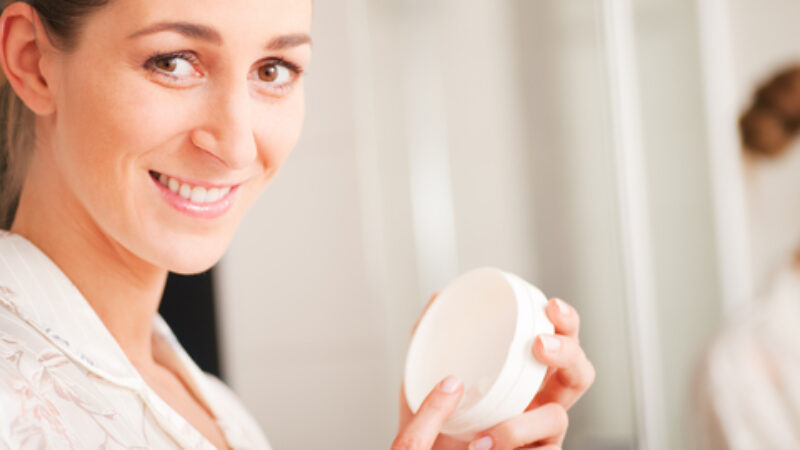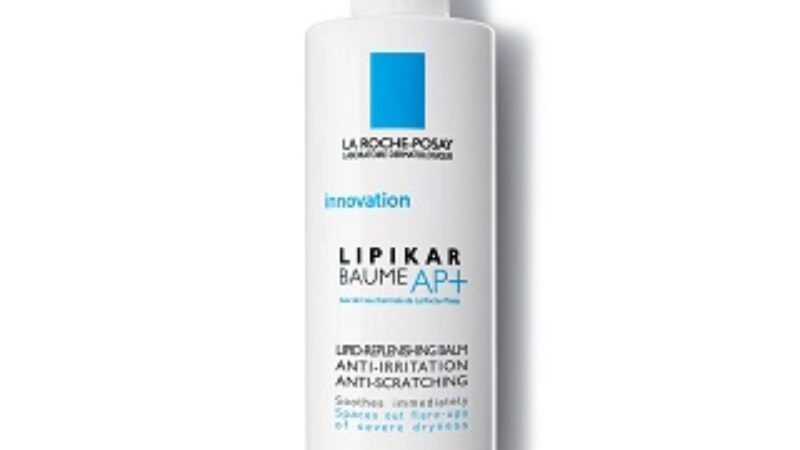pH is the measure of acidity in a substance, and it can influence your skin in a range of ways, from irritation, dryness, and acne to more serious forms of skin disease.
On a scale from 1 being the most acidic to 14 being the most alkaline, 7 is considered pH neutral. Human skin has a thin, protective layer on the surface (called the acid mantle) which is made up of sebum (free fatty acids) excreted from the skin’s oil glands. Sebum mixes with lactic and amino acids from sweat to create the ideal pH, which should be slightly acidic at about 5.5.
The acid mantle is a form of protection, but if your pH level is too alkaline or too acidic, this mantle is disturbed. A dysfunctional acid mantle can result in skin conditions such as dermatitis, eczema, and rosacea. Human skin is naturally designed to fight infection and environmental factors. But these same factors (including diet) can affect pH as well. Follow our seven tips to get pH-healthy skin.
- Eat on the slightly acidic side of the scale. Don’t assume that eating acidic food will result in acidic skin. Most animal products, which are alkaline prior to digestion, are considered acid-forming in the body, and vice versa: acidic lemons (for instance) are alkalinity generators after digestion. An ideal diet consists of regularly alkalizing foods such as leafy green vegetables, citrus fruits, tomatoes, carrots, and soybeans.
- Test your skincare products to see if they are as balanced as they claim. At-home pH testing kits are available at most drug stores. And a physician can determine your skin’s surface pH level while saliva tests can accurately indicate your body’s overall pH level.
- Watch out for cleansers. Most cleansers are too alkaline. They strip away natural oils, causing dryness and irritation. Excess alkalinity can also result in acne as acidity is essential to inhibiting bacterial growth on the skin. Watch out for ingredients like Sodium Laureth Sulfate, which has a pH level of 10 and can be very drying and irritating to the skin. Choosing mild cleansers and toners that are slightly acidic (close to 5) will assist in properly maintaining the acid mantle and benefit all skin types. We like Micellar cleansers, which remove excess oil and dirt without disrupting the acid mantle.
- Don’t go too far into acidic territory. We love our AHAs and retinol, but overuse can be damaging too, disrupting the lipid barrier of the skin. Most over-the-counter products are buffered, making them suitable for everyday, but don’t forget: do a patch test first, always start slowly with a new product, and watch your skin closely for signs of stress. Irritation is a sign to discontinue use.
- Moisturize. Oils that harmonize with your skin’s natural oil secretions include jojoba, coconut, argan, and olive oils. Other hydrating ingredients like Sodium Hyaluronate can be helpful if your skin is not overly sensitive.
- Use antioxidants such as vitamins A, C and E. Antioxidants make cells stronger and healthier and protect them from oxidative stress. Vitamin C in the form of L-Ascorbic Acid (also called stable Vitamin C) is acidic by nature, so although you can’t say that it’s pH balanced, it is safe and beneficial as long as its not used together with other acidic products.
- Use a broad spectrum, photostable sunscreen daily to protect cells from damage and increase skin’s ability to protect itself.
We can all use more balance in our lives!



